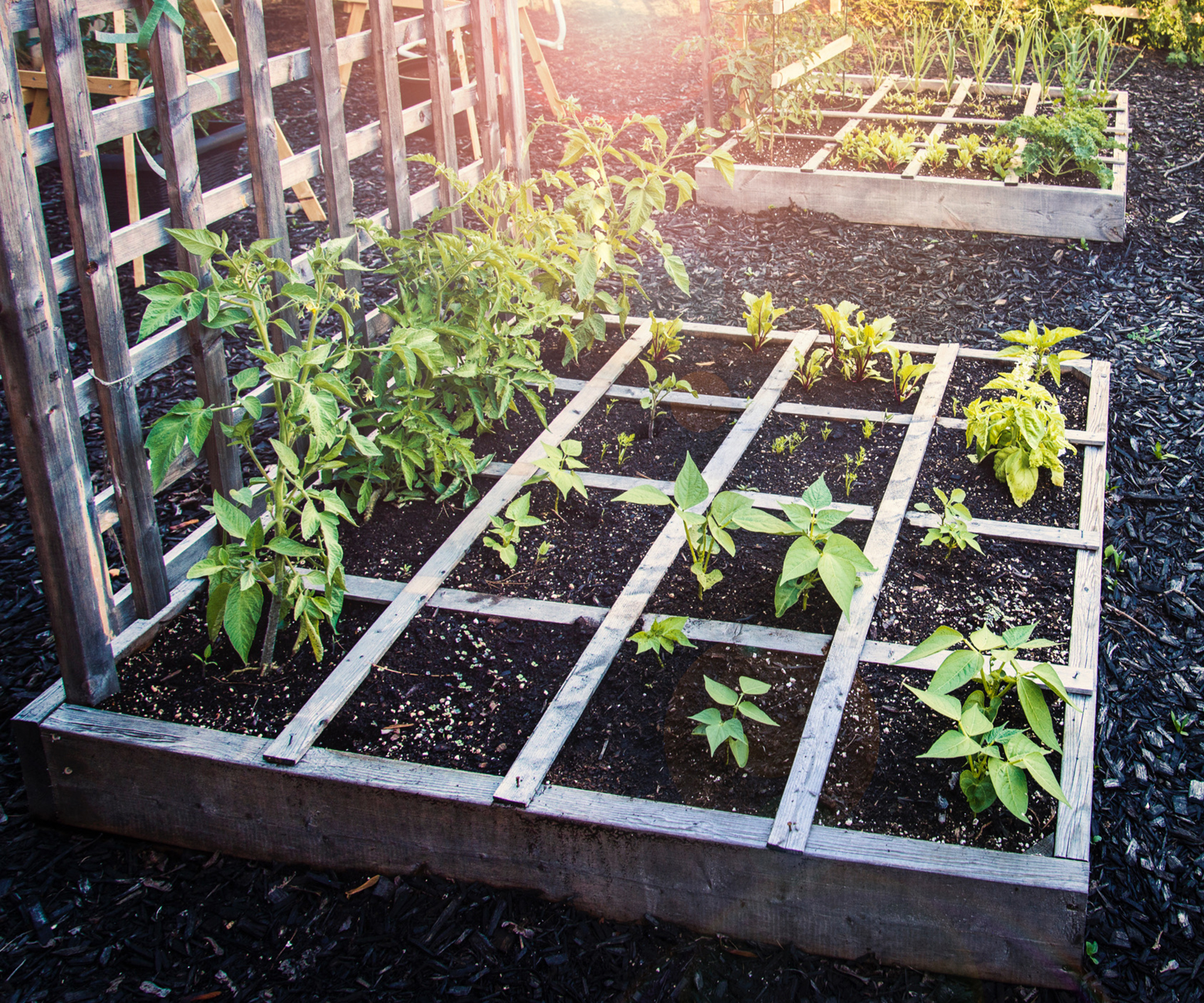As the days starts to get shorter and autumn begins to roll around, now is the perfect time to get planting in the garden. Here are some gardening hacks to help you get started
Plant
- Cabbage, spinach, silverbeet, broccoli, celery, lettuce and leek seedlings can be planted out into the garden in cooler areas. Wait a month or so until there’s more moisture in the ground in hotter places. Protect young seedlings with cloches or frost cloth if weather turns frosty.
- Remember not to plant veges in the same family consecutively – eg, if you had cabbages (a brassica) in one spot, choose a plant from a different family, such as leeks, to plant next.
- For loads of vitamins and minerals Cavolo nero (black kale) is hard to beat. It also looks pretty groovy with its palm-like leaves. Plant seedlings in a sunny, sheltered spot if weather has cooled in your area, taking care not to disturb roots. Use high-nitrogen fertilisers when feeding.
- Give your garden and your plate a splash of vibrant colour by planting red cabbage. Its beautiful leaves are nutritious and tasty but if you’re not a cabbage fan, plant them just for impact. Red (and green) cabbages can also act as sacrificial pest attractants, luring white butterflies away from other veges.
- Plant main-crop variety potatoes in frost-free areas. If it’s a bit chilly in your region cover with frost cloth at night.
- Globe artichoke divisions can be planted in a sunny spot with soil that is reasonably fertile and well drained. Add organic matter before planting if soil is poor.
Harvest
- Collect vegetable seed for next season by selecting the best cropping, healthiest plants. Try this with beans, peas, cucumbers, courgettes, tomatoes and pumpkins. Make sure seed is dry, store in a paper bag and don’t forget to label.
- Onions can be dug up when their tops have turned brown. To help them store well, leave them on top of the garden to dry out for a couple of days (if weather is fine) before placing on a rack in a cool, dry cupboard.
- Pumpkins will last well into winter if you pick before the first frosts and leave a nice strong stalk on them.
- In colder areas harvest tomatoes that are beginning to change colour in case of early frosts. Sit them on a warm, sunny windowsill to ripen fully.
- Keep picking basil leaves so plants carry on producing leaves, not flowers. Turn into pesto and freeze in cubes if you have a glut.
- Fennel can be harvested a couple of weeks after the bulb has grown to the size of an egg. Cutting off seedheads as they form will ensure bigger bulbs.
- Dig up late-season potatoes as leafy tops turn yellow. Remove all tubers as any left in the ground can attract pests and diseases.
Sow
- Broad beans, bok choy, peas, spring onions and beetroot seeds can be sown now, directly into the garden.
- Sow carrot seed in a sunny, frost-free position. Make sure you’ve prepared the ground well, removing soil clods and stones. Some gardeners mix the seed with sand or radish seed to help space out the fine seeds during sowing. You’ll still need to thin seedlings if you want big carrots. Final spacing for seedlings should be 5-7cm apart. Once mature, don’t leave in the ground too long to avoid infestation by carrot rust fly maggots. Carrots are usually mature in 10-12 weeks.
- Sow winter salad mixes that contain hardy greens such as mizuna, kale and miner’s lettuce directly into well-drained beds or pots.
- In areas with only mild frosts onion seed can be sown in trays or directly into the ground now and throughout autumn, but in colder areas wait until early spring. Germination takes around 14 days, and it will take a minimum of 5 months before they are ready to harvest, longer if the weather is very cold. Growing onions from seed takes longer and is trickier than planting out seedlings, but more varieties are available. Try ‘Borettana’, a small button onion from Italy which is traditionally served whole; it’s available from kingsseeds.co.nz.
TIP:
To provide plenty of nectar for bees, sprinkle borage seed directly into the ground around fruit trees or in the vege garden. Thin seedlings later so plants are spaced about 50cm apart. Wait until spring in colder areas.
Words by: Carol Bucknell. Image via: Sherry Galey/Getty Images
EXPERT PROJECTS

Create the home of your dreams with Shop Your Home and Garden
SHOP NOW












